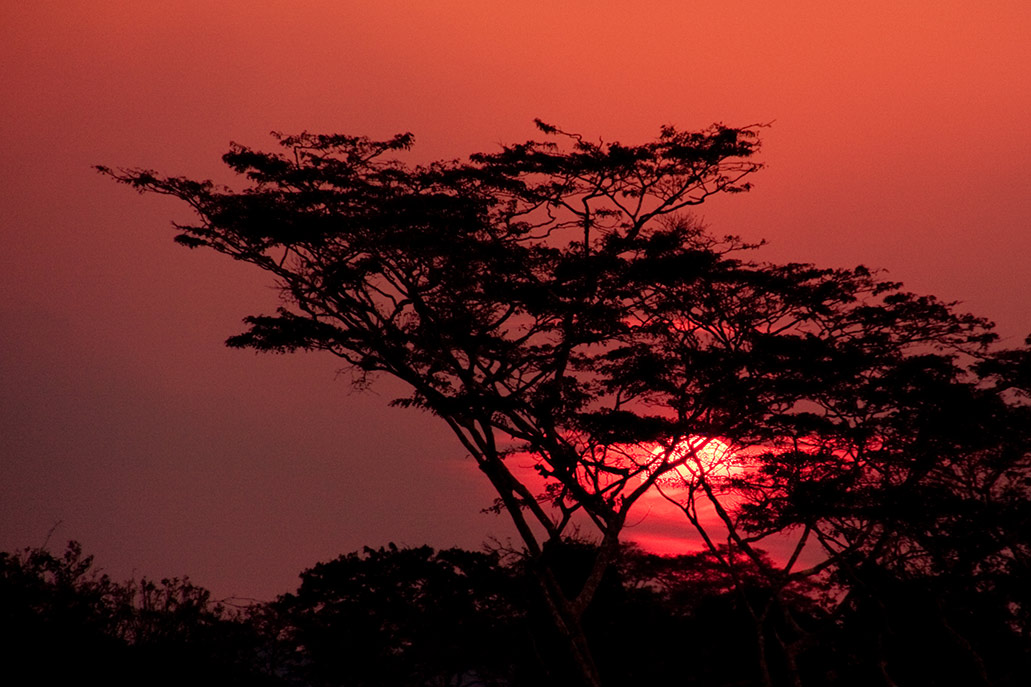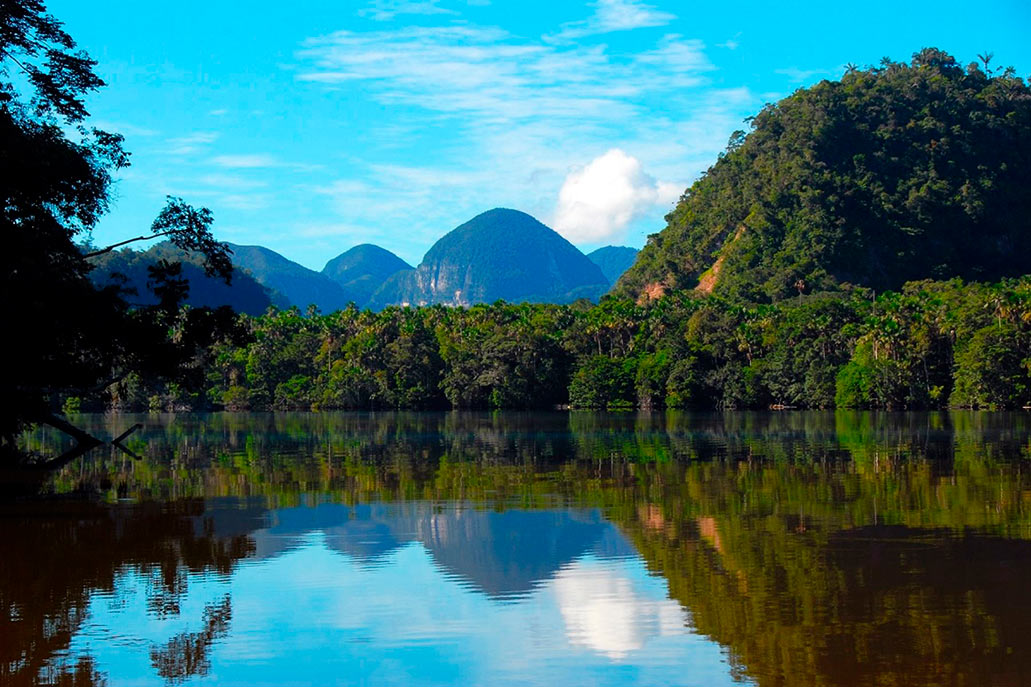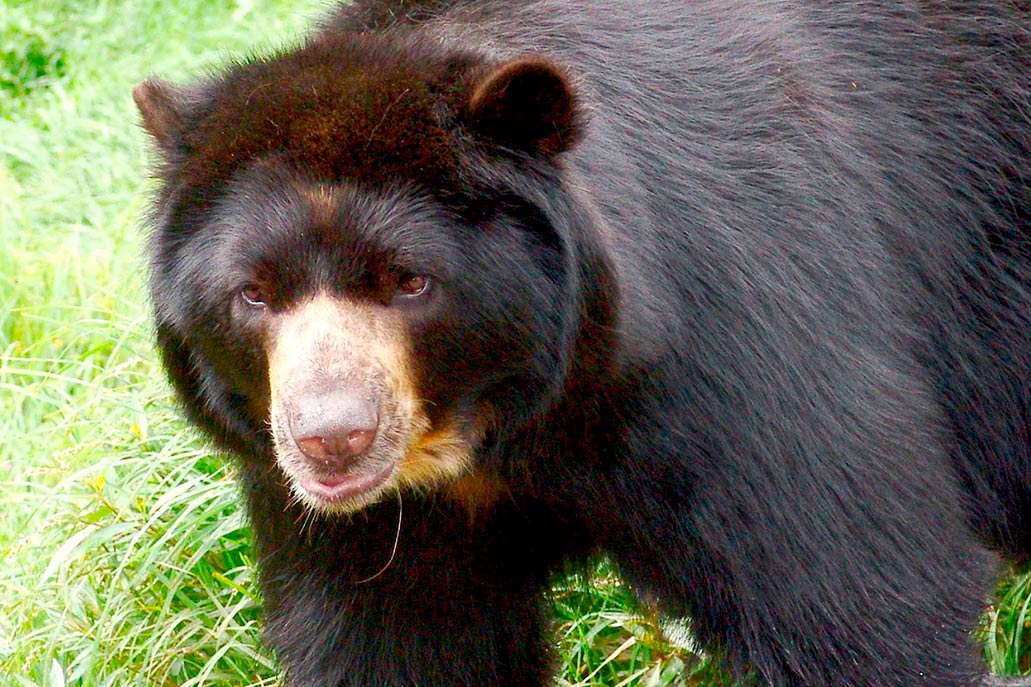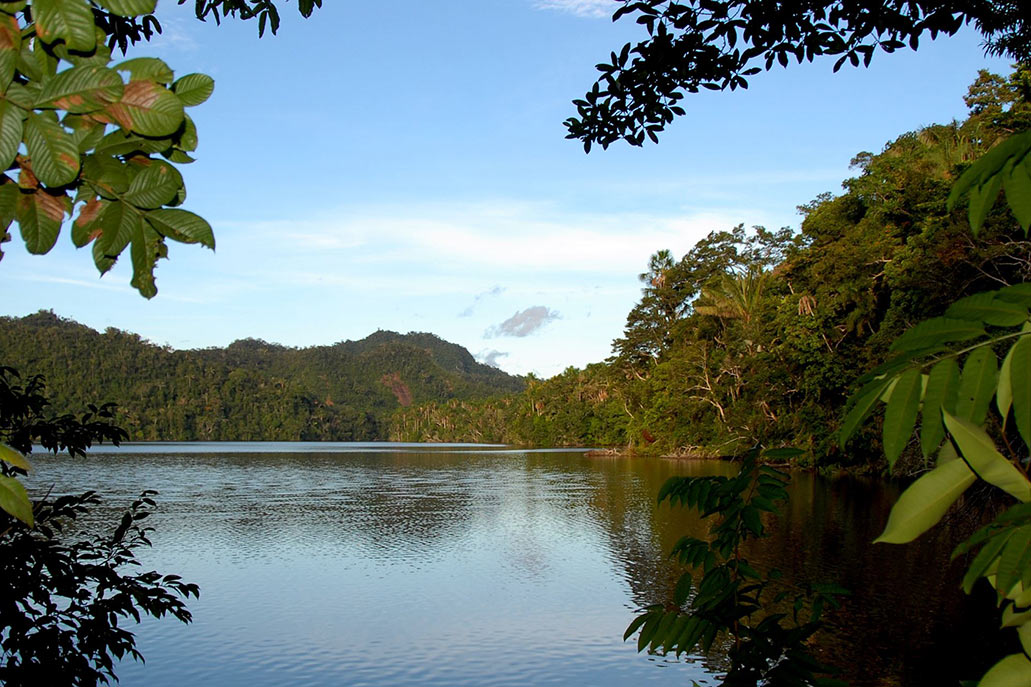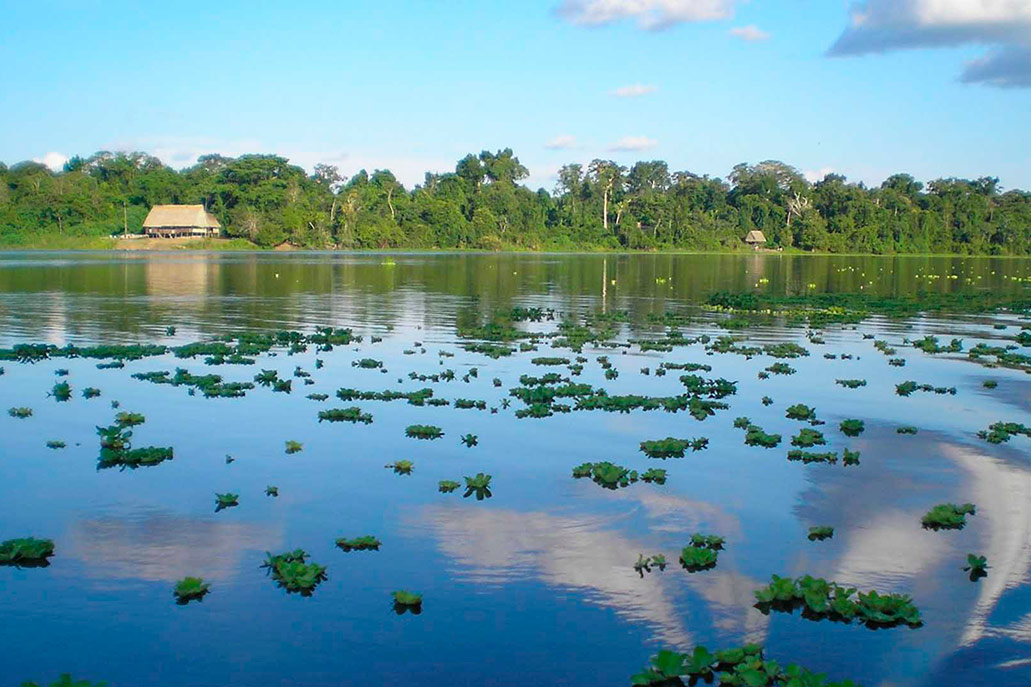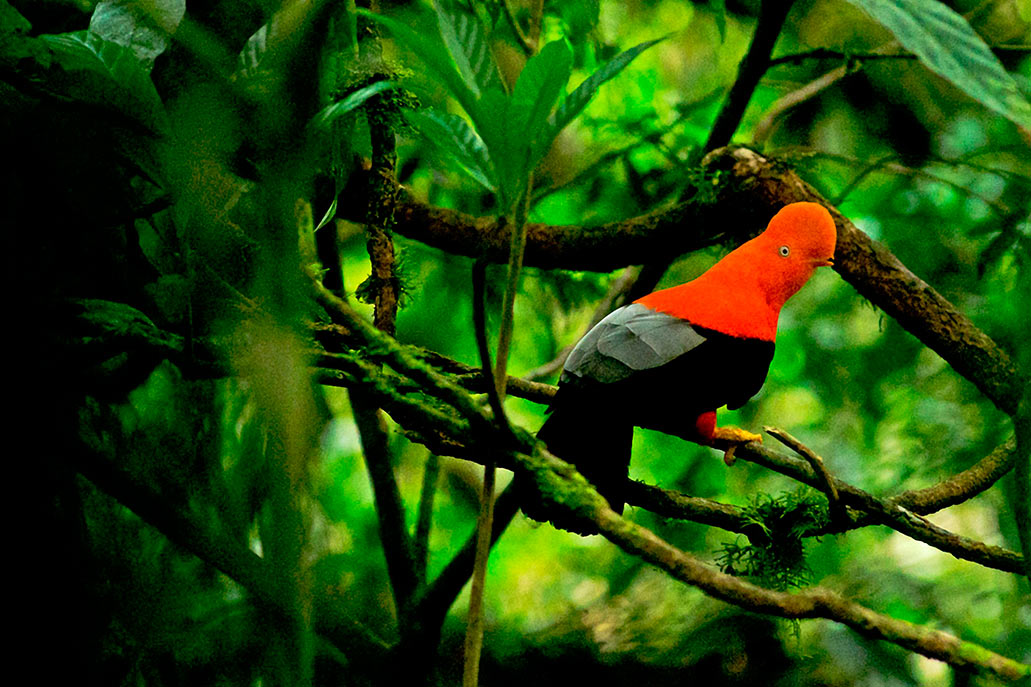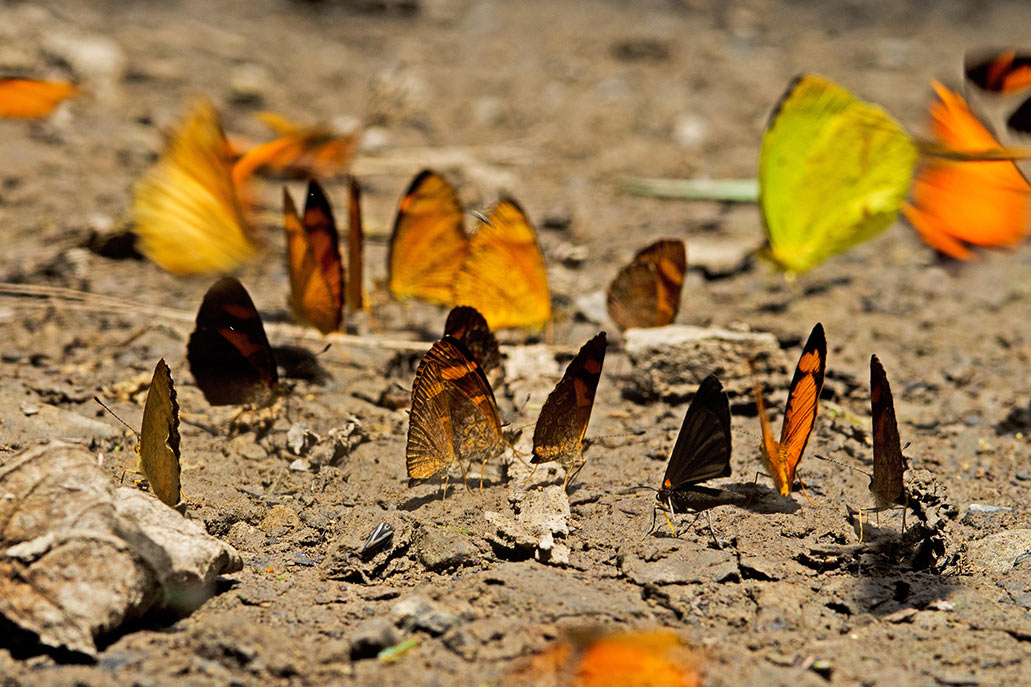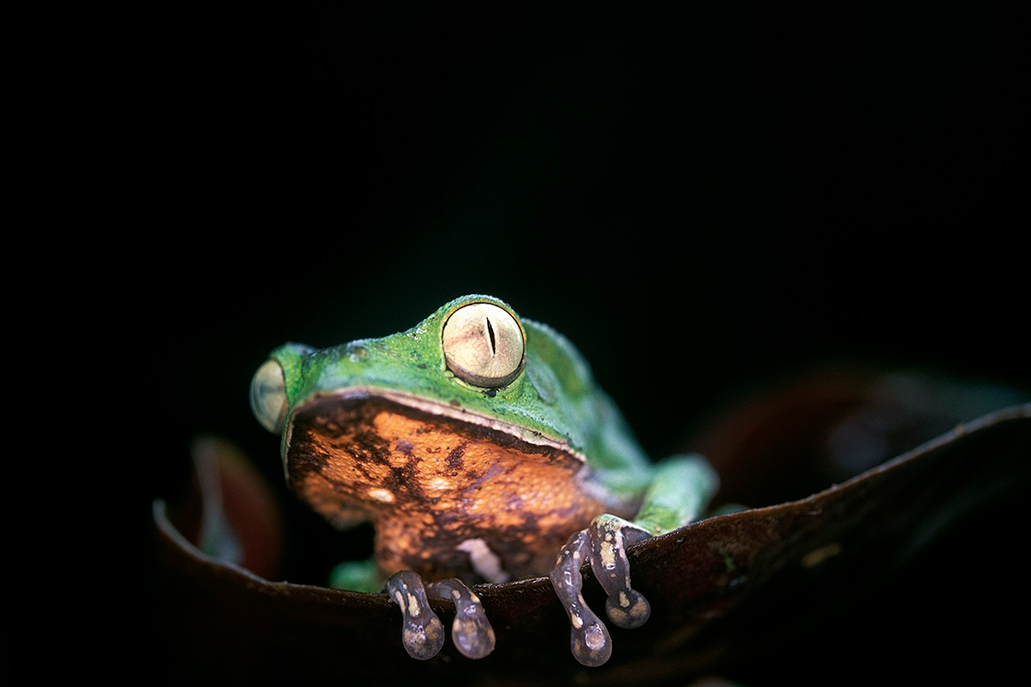The 15 national parks of Peru
National parks are areas protected by the Peruvian State, which, due to their natural diversity, are representative of the country’s biological wealth. There are a variety of flora and fauna, diverse ecosystems and landscapes that are cared for as intangible by the authorities of Peru. Tourism is allowed in some specific areas. Today there are fifteen national parks. Meet them!
Content
- Gueppí-Sekime National Park
- The Abiseo River National Park
- The Manu National Park
- Cutervo National Park
- Cordillera Azul National Park
- The Cerros de Amotape National Park
- Alto Purús National Park
- Bahuja Sonene National Park
- Yanachaga Chemillén National Park
- Yaguas National Park
- Tingo Maria National Park
- Sierra del Divisor National Park
- Otishi National Park
- Ichigkat Muja National Park – Cordillera del Cóndor
- Huascaran National Park
National parks not only fulfill the function of protecting the great biological diversity of a specific area of Peru. They also do important research and environmental education work. There the level of human intervention is minimal. Species of flora and fauna inhabit geographies free from human intervention. The tourist visit is allowed but in certain spaces.
Gueppí-Sekime National Park
This national park was created to protect the ecosystem, flora and fauna of the Napo and Japurá-Negro regions in the north of the department of Loreto. It covers an area of 203,628.51 hectares. It borders on the east with Ecuador and the Airo Pai Communal Reserve. Its geography presents several lagoons, deep soils, extensive forests, rivers and more.
The flora and fauna of the Gueppí-Sekime National Park offers a great variety. 97 species of mammals, 417 species of birds, 48 species of reptiles, 45 of amphibians and 17 of fish have been registered. In addition, 627 species of flora were recorded. The average temperature is 24ºC. The visit is carried out with scientific tours that include sport fishing, bird watching, mammals and more.
- Location: In Loreto, on the border with Ecuador and Colombia, in the province of Maynas (districts of Teniente Manuel Clavero and Torres Causana).
- Creation: October 25, 2012.
The Abiseo River National Park
This national reserve was created to protect the high jungle cloud forests and the flora and fauna species that live there. Likewise, it protects the archaeological sites of El Gran Pajatén and Los Pinchudos in the province of Mariscal Cáceres, department of San Martín. It covers an area of 274,520.00 hectares.
Up to 900 species of wildlife have been recorded in the Río Abiseo National Park, some of which are threatened. In total there are 409 species of birds, 181 mammals, 17 reptiles, 30 amphibians, 14 fish and 250 invertebrates. In addition, a total of 1,134 plant species were recorded. The tourist visit is allowed with an official park ranger. Places such as El Oso waterfalls, the Velo de la Novia, the Abiseo river and the El Gran Pajatén archaeological site stand out.
- Location: In the Mariscal Cáceres province, San Martín department.
- Creation: It was created on August 11, 1983.
The Manu National Park
This national park was created to protect the great diversity of flora and fauna that inhabits the tropical jungle of southeastern Peru. In addition, it seeks to recognize and protect the indigenous peoples that live there, their customs and culture. It is located in the provinces of Paucartambo in Cusco, Manu in Madre de Dios and the entire Manu river basin. Its extension covers a total of 1716 295.22 hectares.
The Manu National Park is one of the areas with the greatest biological diversity on the planet. Its forests are home to 160 species of mammals, a thousand birds, 140 amphibians, 50 snakes, 40 lizards, 6 turtles, 3 alligators and 210 fish. The otorongo, the black tiger, the sachavaca, the peccary, the deer, the river wolf and much more stand out. There are indigenous communities of Mashko-Piro, Yora, Masiguenka, Harakmbut, Wachipaeri and Yine.
- Location: In the provinces of Paucartambo (Cusco), Manu and Madre de Dios (both in Madre de Dios).
- Creation: May 28, 1973.
Cutervo National Park
This national park was created to protect the flora and fauna of the so-called Cordillera de los Jars, especially the caves of San Andrés, colony of the guácharos. It is located in the province of Cutervo in the Cajamarca region. It covers an area of 8,214.23 hectares. Its main tourist attraction is the cave of the guácharos, which can be reached with a walk from the town of San Andrés.
The Cutervo National Park is famous for the cave where the guácharos live, nocturnal birds that are difficult to spot. In addition, a stream runs through its caverns that is inhabited by cave catfish. The area is also inhabited by the spectacled bear, the otter, the highland tapir, the paca, the anteater, the jaguar, the ocelot and even the cock-of-the-rock.
- Location: In the province of Cutervo, districts of San Andrés, Santo Tomás, Pimpingos, Santa Cruz de Cutervo, Callayuc as well as Santo Domingo de la Capilla.
- Creation: September 20, 1961.
Cordillera Azul National Park
This national park has the function of protecting the extensive threatened habitats located in the regions of San Martín, Ucayali, Loreto and Huánuco. They include diverse montane and rainforest geographies such as highland swamps, spongy forests, dwarf coppices, eroded brownstone buttes, foothill forests, isolated lakes, creeks, and highland creeks.
The Cordillera Azul National Park covers an extensive area of 1,353,190.85 hectares. It stands out for housing the largest amount of intact high jungle in Peru. There they inhabit unique plants and mammals belonging to the Amazon jungle and lowlands. They include 71 species of mammals, 10 primates, 516 birds, 82 amphibians, 93 fish, and more. The most visited points in the park are: the Chazuta lagoon, the Manashahuemana hills, the macaw clay lick and more.
- Location: In high and low jungle regions of the departments of Huánuco, San Martín, Ucayali and Loreto.
- Creation: May 21, 2001.
The Cerros de Amotape National Park
This national park was created with the objective of protecting the dry forests of northeastern Peru, due to the destruction of said habitat by the indiscriminate felling of wood. It is located between the departments of Piura and Tumbes. It covers an area of 151,767.49 hectares. It owes its name to the fact that it is located in the Andean foothills of Cerro De los Amotapes.
The Cerros de Amotape National Park is characterized by being located on the banks of the Tumbes River (the only navigable river on the Peruvian coast). There are around 400 species of birds, among which stand out: the gray-backed hawk, the macareno parakeet, the black-headed spinetail, the slaty-headed. Mammal species include the Tumbes monkey, the Tumbes crocodile and the northeastern otter. Due to this great diversity, it is considered a world center of diversity, as well as a place of global importance for bird watching.
- Location: In the provinces of Tumbes and Contralmirante Villar (Department of Tumbes) as well as the province of Sullana (Department of Piura).
- Creation: July 22, 1975.
Alto Purús National Park
This national reserve was created to conserve and protect tropical humid forests, endangered flora and fauna, as well as voluntarily isolated indigenous inhabitants in the southeastern Amazonian jungle of Peru, especially in the Purús river basin and its respective tributaries. It covers an area of 2,510,694.41 hectares, that is, the second largest.
The Alto Purús National Park has a great diversity of flora and fauna. Among the 900 species of fauna, the margay, the otorongo, the puma, the otter, the river wolf, the anteater, the one-armed, the short-eared dog and the bush dog stand out. Among the 520 species of birds include the macaw, the jabirú, the eagle, the condor of the jungle and more. In total, more than 2,500 species of wild flora have been recorded.
- Location: In the provinces of Tambopata and Tahuamanu (department of Madre de Dios) as well as the province of Purús (department of Ucayali).
- Creation: November 20, 2004.
Bahuja Sonene National Park
This national reserve was created to protect and conserve the tropical regions of southeastern Peru, between the departments of Puno and Madre de Dios. Its main protected region was the tropical humid sheet, the so-called ‘Pampas del Health’. Its area covers a total of 1,091,416.00 hectares, where they also protect the Amazonian cultures of the Ese’eja culture.
The Bahuja Sonene National Park protects a great diversity of flora and fauna. More than 600 species of birds, 180 species of mammals, 50 reptiles and amphibians, as well as 180 fish have been recorded. Mammals such as the bush dog, the giant otter, the river otter, the marsh deer and the maned wolf stand out (these two are endemic to the park).
- Location: In the provinces of Carabaya and Sandia (Department of Puno) and in the province of Tambopata (Department of Madre de Dios).
- Creation: July 17, 1996.
Yanachaga Chemillén National Park
This national park is located in the central jungle of Peru. It was created to preserve and protect the exuberant flora and fauna that live there, mainly in the high jungle of the department of Pasco. It covers a rugged geography from high mountains of 3,643 meters above sea level to Amazon forests of 460 meters above sea level. In total it covers an area of 122,000.00 hectares. It is known as the ‘Refuge of the Pleistocene’, due to the large number of forests belonging to that period of history.
The Yanachaga Chemillén National Park is inhabited by different species of flora and wild fauna. 527 species of native fauna have been registered, among which the capybara, the puma, the jaguar, the woolly monkey, the spectacled bear, the sachacabra, the ocelot, the gray deer and more. Among the 527 species of birds, the toucan, the mountain guan and the cock of the rocks stand out. The park is inhabited by indigenous settlers of the Yanesha ethnic group, as well as settlers of European origin.
- Location: In the department of Pasco, in the province of Oxapampa, as well as the districts of Huancabamba, Pozuzo, Villa Rica and Oxapampa.
- Creation: August 29, 1986.
Yaguas National Park
The Yaguas National Park, in the Loreto Amazon region, was created to conserve the great biological diversity in the Yaguas and Putumayo river basin, where there are also important native communities that settle there. It covers an area of 868,927.84 hectares. This biological diversity made the park a precise place for scientific research.
Among the diversity of flora and fauna of the Yaguas Park, the following stand out: the river otter, the anteater, the common woolly monkey, the caiman, as well as the mayna, the palmorchis, the calathea and more. The park is the habitat of Amazonian ethnic groups such as the Bora, the Quichua, the Ticuna, the Huitoto and the Yagua. The tourist visit is allowed but controlled with the corresponding permits and park rangers.
- Location: In the northern jungle of Peru, in the department of Loreto, districts of Pebas, San Pablo and Ramón Castilla.
- Creation: July 26, 2011.
Tingo Maria National Park
The Tingo María National Park was created to protect the ecological and landscape diversity of the high jungle of Huánuco. It is a very touristy area where you can visit attractions such as ‘Sleeping Beauty’ or the ‘Cueva de las lechuzas’. It covers an area of 4,777.00 hectares. It was the second national reserve created in Peru in 1965.
The Tingo María National Park protects up to 364 species of birds, among which the cock of the rocks, macaws, parrots and toucans stand out. Among the species of mammals, it is worth mentioning the puma, the otorongo, the tigrillo, the capybara, the otter, the peccary and more. In addition, 320 species of butterflies and 364 species of birds have been recorded. Tours to this park can be purchased in Huánuco or Tingo María.
- Location: In the district of Mariano Dámaso Beraún, province of Leoncio Prado in the department of Huánuco (high Peruvian jungle).
- Creation: May 14, 1965.
Sierra del Divisor National Park
The Sierra del Divisor National Park is located in the low Amazon jungle that divides the Ucayali river basins on the border of Peru and Brazil. It was created to protect the biodiversity of flora and fauna that inhabits there. It is characterized by its numerous waterfalls, its macaw clay licks, its hot springs and the immense Amazonian forests. It covers an extensive area of 1,354,485.10 hectares.
This national park stands out for presenting the largest number of primate species with sixteen registered species. Among the diversity of mammals, the following stand out: the black machin, the white machin, the large anteater, the giant armadillo, the otorongo, the bush dog and the river otter. Among the birds, the mountain guan, the divisorius bird (endemic) and large parrots stand out. You can hire tours with online tourism agencies.
- Location: In the department of Ucayali and the department of Loreto (border area with Brazil).
- Creation: November 8, 2015.
Otishi National Park
The Otishi National Park was created to protect the natural landscapes, biological wealth and landscapes of the Vilcabamba Mountain Range in the regions of Junín and Cusco. It covers an area of 305,973.05 hectares. The park is in the Ene, Tambo and Urubamba valleys, with natural landscapes ranging from 750 masl to 4,185 masl. That is, it covers a wide variety of ecosystems.
The Otishi National Park is home to some 37 native communities of ethnic groups such as the Asháninka, the Machiguenga, the Yine Yami and Kakinte and more. Among the most notable mammal species are the jaguar, the spectacled bear, the puma, the woolly monkey, the taruca, the tapir and more. Likewise, the most famous birds are: the hummingbird, the cock of the rocks and the harpy eagle. In the flora, ferns, orchids and montane forests stand out.
- Location: In the Cordillera de Vilcabamba, in the department of Junín (province of Satipo) and in the department of Cusco (province of La Convención).
- Creation: January 14, 2003.
Ichigkat Muja National Park – Cordillera del Cóndor
The Ichgkat Muja – Cordillera del Cóndor National Park was created to protect biological and landscape diversity in the Cenepa, Comaina, Santiago and Marañón river basins. It is located in the department of Amazonas, in a wooded area that goes from 500 to 3 thousand meters above sea level. Its extension is 88,477.00 hectares. Its landscapes are steep mountainous, with abundant vegetation.
The park is the habitat of a variety of flora and fauna, among which mammals such as: the ashen maquisapa, the páramo tapir and the spectacled bear stand out. There are also more than 150 species of birds such as the white-bellied curassow, the winged parrot and the Paramuno parakeet. In addition, it is home to the famous jíbaros, an ancient culture that practices the reduction of heads.
- Location: In the northeastern department of Amazonas, province of Condorcanqui.
- Creation: August 10, 2007.
Huascaran National Park
The Huascarán National Park is the largest tropical mountain range on the planet, which includes high snow-capped peaks, mountains, lagoons, rivers and beautiful landscapes of the Cordillera Blanca (Ancash province). It covers an area of 340,000.00 hectares. Its rugged territory ranges from 5,000 to 6,768 meters above sea level, in the snow-capped Huascarán (the highest in Peru). It is recognized as a Biosphere Reserve and Natural Heritage of Humanity by Unesco.
The Huascarán National Park is bordered by 660 glaciers, 300 lagoons and their respective rivers and streams. There are up to 120 species of birds and 10 species of mammals. The wild cat, the spectacled bear, the taruca, the vicuña, the puma, the Andean fox and, of course, the Andean condor stand out. There are also 779 species of flora where it is worth highlighting the Raimondi puya. The park can be visited with tours and treks hired in the town of Huaraz in the department of Ancash.
- Location: In the central Andes, department of Áncash (provinces of Huaylas, Yungay, Carhuaz, Recuay, Huaraz, Bolognesi, Pomabamba, Huari, Asunción and Mariscal Luzuriaga.
- Creation: July 1, 1975.
By Machupicchu Terra – Last updated, August 28, 2023
